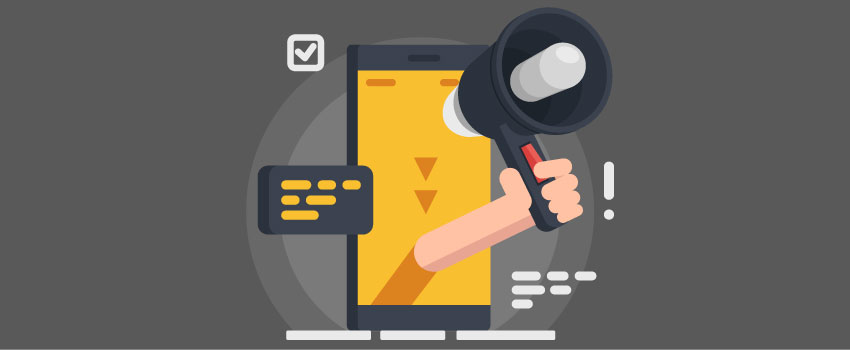
Why Bloggers and Publishers Should Use Web Push Notifications
Having gained a lot of traction over the past two-three years, it’s safe to say that push notifications are here to stay. But, while most of you probably are familiar with mobile app push notifications, which are the messages that you see on your phone’s notification tray every time you unlock it, you probably don’t know what web push notifications are.
Well, they work in a similar way, but instead of from mobile apps, they are relevant information sent by web apps or websites to you, the users.
The way it works is simple: as soon as you browse a desktop or mobile website, you’re prompted to have push notifications enabled or whitelisted on your computer. You can decline, of course. But if you give it permission, you’re automatically added to that website’s subscriber list and you end up receiving relevant information, even if you’re not on the said website anymore.
For bloggers and publishers, web push notifications are a can’t-miss marketing opportunity.
Here’s why:
1. Push Notifications Help Drive A Lot of Traffic to Your Site
Nothing makes publishers and bloggers happier than constant, high traffic and it is exactly what web push notifications are most useful for.
Web push notifications are pretty much a constant, but welcome subtle reminder for users to keep on coming back to your website.
2. Push Notifications Help You Communicate With Your Readers
Your website’s content is probably your means of communicating with your audience, but how can you have an audience if you can’t exactly communicate and reach out to them?
One of the best things about web push notifications is that it requires subscribers to either close the notification or click on it. Regardless of what the subscriber chooses to do, the main thing is that there’s near-instant communication between publishers and bloggers and their target audience.
This is a unique functionality that can be used to push relevant notifications that subscribers will actually want to see as soon as the information is made available. Things ranging from your latest content to breaking news, weather updates and forecasts, and so on.
This constant “nudging” encourages subscribers to keep on coming back for more.
3. Push Notifications Are Easier to Opt-In To
Email has long been one of the most commonly used digital marketing channels. However, compared to push notifications, email lags quite a bit behind. Most people find them cumbersome, for one. Because, unlike push notifications, subscribing to email newsletters requires you to type in a lot of stuff first, whereas with push notifications, it generally only takes a few clicks to opt-in and be part of a particular website’s push notification subscriber list.
4. Push Notifications Are Cheaper Than Building Apps
Building an app is neither easy nor expensive. Though your business might need one down the line, push notifications are the next best thing to using apps to send users instant notifications. The best part? Push notifications cost a whole lot less.
It costs significantly less to have your users subscribe from your mobile or desktop website so they can receive web push notifications.
5. Push Notifications Are Easy to Set Up
Perhaps the biggest advantage of using push notifications for your website is that they’re very easy to set up. It probably won’t take longer than a few minutes!
Most tools only require you to add a piece of code on your web pages and voila, you can now start collecting subscribers and their information so you can send them the necessary notifications.
Push notifications, despite being relatively simple to set up, are also very robust. You have access to more advanced features like setting up custom triggers for opt-ins, separate segments of subscribers and sending notifications only to specific segments.